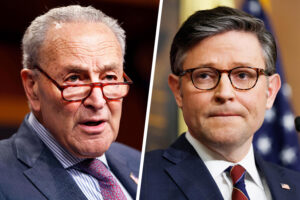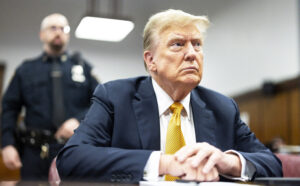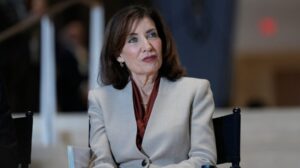The Dictatorship
What’s at stake as Trump meets Japan’s Takaichi for the 1st time
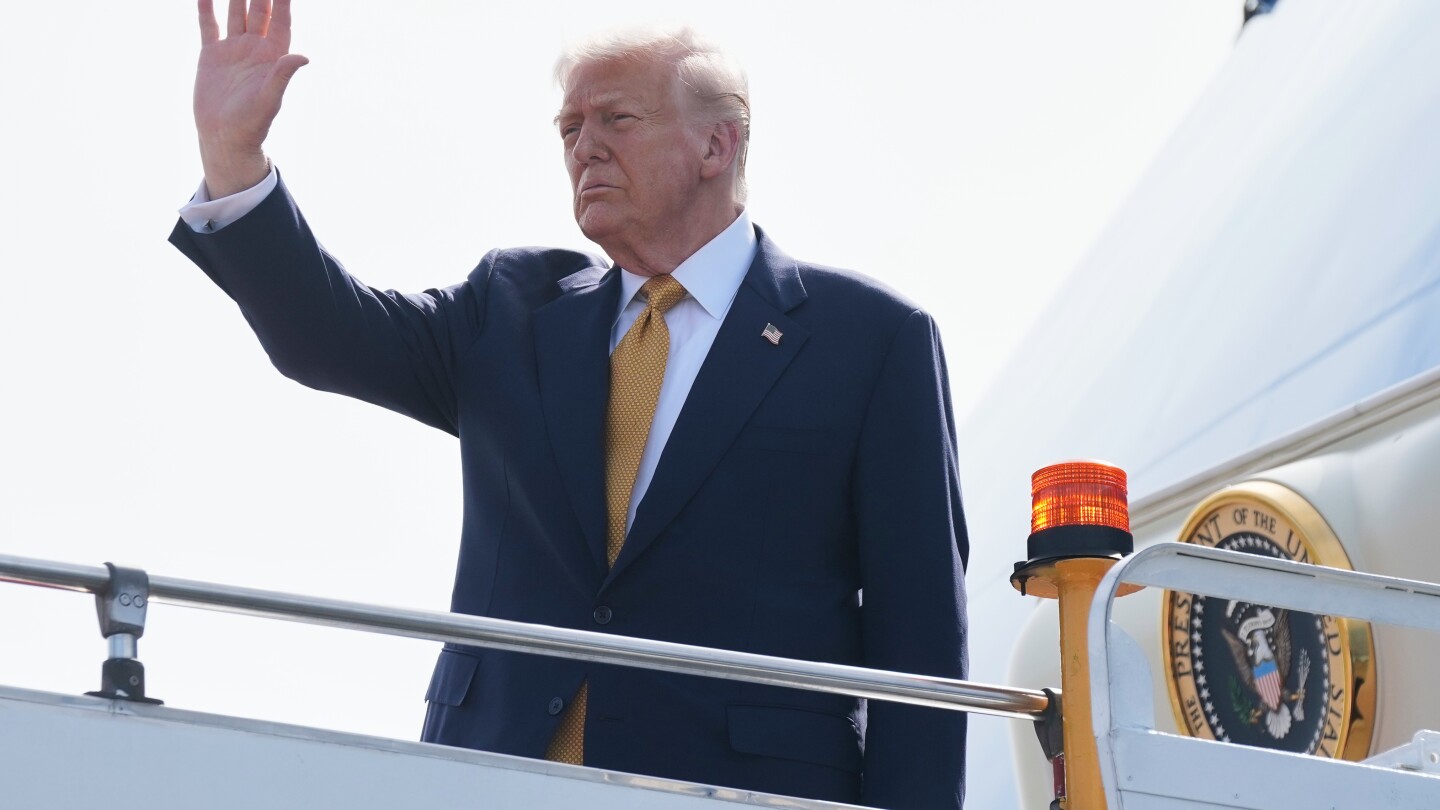
TOKYO (AP) — President Donald Trump opened his visit to Japan on Monday with greetings from the emperor a day before he meets new Prime Minister Sanae Takaichiwho is banking on building a friendly personal relationship with the U.S. leader to ease trade tensions.
One key to this strategy might lie in an idea floated by Japan’s government to buy a fleet of Ford F-150 trucks, a meaningful gesture that may also be impractical given the narrow streets in Tokyo and other Japanese cities.
It’s an early diplomatic test for Takaichi, the first woman to lead Japan. She took office only last week, and has a tenuous coalition backing her.
Trump instantly bought into the idea of Ford trucks as he flew to Asia aboard Air Force One.
“She has good taste,” Trump told reporters. “That’s a hot truck.”
Japanese Emperor Naruhito welcome Trump at the Imperial Palace after the president’s arrival and the two spoke for about 30 minutes. Trump straightened his jacket as he stood next to Naruhito for photos before sat across a round table, with flowers in the middle, for their talks.
“A great man!” he said twice while pointing to the emperor. Trump last saw the emperor in 2019, soon after Naruhito ascended the Chrysanthemum Throne, becoming the first foreign dignitary invited to the palace.
Trump and Takaichi spoke over the phone while the president was mid-flight on Saturday. Takaichi stressed her status as a protege of the late Prime Minister Shinzo Abea favorite of Trump’s from his first term, and said she praised him for brokering the Gaza ceasefire that led to the return of hostages held by Hamas.
“I thought (Trump) is a very cheerful and fun person,” she said. “He well recognizes me and said he remembers me as a politician whom (former) Prime Minister Abe really cared about,” she said. “And I told the president that I extremely look forward to welcoming him in Tokyo.”
Trump spent Sunday in Malaysiawhere he participated in a regional summit, and departed Monday morning for Japan. While on Air Force One on Monday, he said he planned to talk in Tokyo about the “great friendship” between the U.S. and Japan.
Resetting the trade relationship
Beneath the hospitality is the search for a strategy to navigate the increasingly complex trade relationship that Trump shook up earlier this year with tariffs.
Trump wants allies to buy more American goods and also make financial commitments to build factories and energy infrastructure in the U.S.
The meetings in Japan come before Trump’s sit-down with Chinese leader Xi Jinping on Thursday in South Korea.
Both the U.S. and Japan have sought to limit China’s manufacturing ambitions, as the emergence of Chinese electric vehicles, artificial intelligence and advanced computer chips could undermine the American and Japanese economies.
“In light of the planned meeting between Trump and Xi Jinping shortly afterward, Trump may also be considering how he might strengthen his hand by demonstrating the robustness of the U.S.-Japan relationship,” said Kristi Govella, Japan chair at the Center for Strategic and International Studies, a Washington think tank.
Japan’s previous administration agreed in September to invest $550 billion in the U.S., which led Trump to trim a threatened 25% tariff on Japanese goods to 15%. But Japan wants the investments to favor Japanese vendors and contractors.
Japan’s economy and trade minister, Ryosei Akazawahas said his ministry is compiling a list of projects in computer chips and energy to try to meet the investment target.
“As far as I know, I’m hearing that there are a number of Japanese companies that are showing interest,” he told reporters Friday, though he did not give further details.
Ford trucks in Tokyo would be a powerful symbol
Japanese officials are looking at the possibility of buying more American soybeansliquefied natural gas and autos. The U.S.-China trade conflict has shut American soybeans out of the Chinese marketleading China to seek more Brazilian supply. China reported no U.S. soybean imports in September, a first since November 2018.
For Trump, the prospect of Ford trucks in the skyscrapered streets of Tokyo would be a win. The administration has long complained that American vehicles were being shut out of a market that is the home of Toyota, Honda, Nissan, Isuzu, Mitsubishi and Subaru. In a September interview on CNBC, Commerce Secretary Howard Lutnick said Japan wouldn’t buy U.S.-branded vehicles because “Chevys” were popular with Japanese gangsters.
Takaichi may arrange for Ford F-150 trucks to be showcased in a place Trump gets to see them, Japan’s Nikkei newspaper reported. The government is considering importing the trucks for its transport ministry to use for inspecting roads and infrastructure, though there are concerns that the F-150 could cause congestion on narrow Japanese streets.
“We appreciate President Trump’s advocating for American made products,” Ford spokesperson Dave Tovar said. “We would be excited to introduce America’s best-selling truck to work and government customers in Japan.”
Japanese media have reported that Toyota Motor Corp. Chairman Akio Toyoda could announce plans to import his company’s American-made cars back to Japan during a dinner with Trump and other business leaders on Wednesday.
The gestures — combined with Takaichi’s connection to Abe — should help her deal with Trump, who seems predisposed to like her.
“I think she’s going to be great,” Trump said aboard Air Force One. “She’s a great friend of Mr. Abe, who was a great man.”
In 2016, Abe gave Trump a high-end golf club to celebrate his first election, and the leaders bonded over their love of golf. Trump often expresses sadness about Abe’s 2022 assassination.
But there are risks for Takaichi in emphasizing her ties to Abe, said Rintaro Nishimura, who specializes in Japan at the advisory firm The Asia Group.
“Because it’s Takaichi’s first diplomatic engagement I think she wants to start with sort of a bang,” Nishimura said. “Succeeding the Abe-line rhetoric is definitely going to be part of this engagement, although some also suggest that leaning too heavily on the Abe line might not exactly be good for her for creating her own kind of portfolio, her status as Japan’s leader.”
Following his meeting with Takaichi on Tuesday, Trump will give a speech aboard the USS George Washington aircraft carrier anchored in Japan, then hold a dinner with business leaders. Trump plans to leave for South Korea on Wednesday.
But aboard Air Force One on Monday, he told reporters that he was also ready to meet with North Korean leader Kim Jong Un, should that be an option.
“If he wants to meet, I’ll be in South Korea,” Trump said.
___
AP reporter Chris Megerian contributed from Kuala Lumpur, Malaysia.
The Dictatorship
‘Deeply disturbing portrait of America’: Nicolle Wallace rips GOP over looming SNAP cutoff
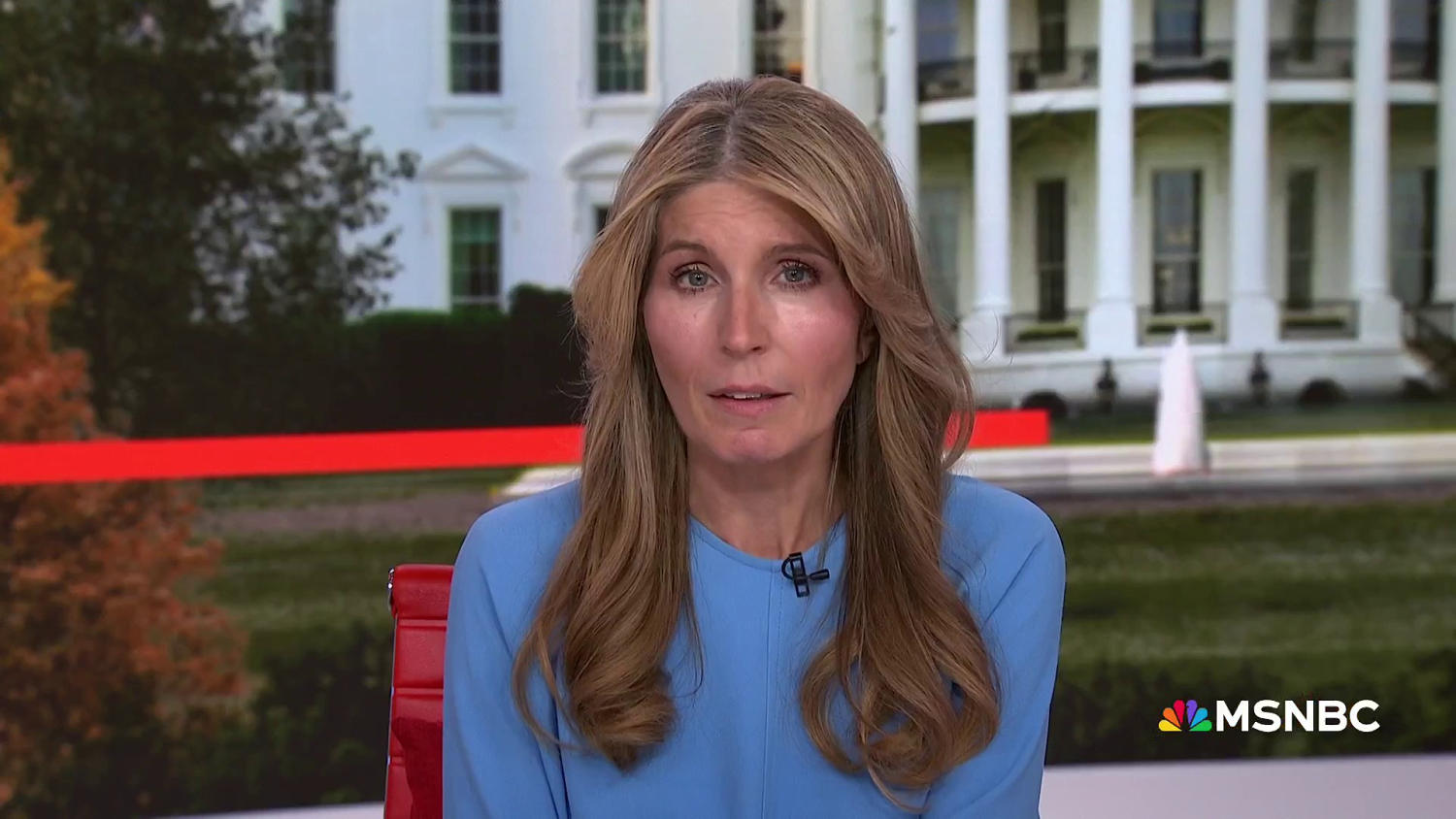
Come Saturday, the 42 million Americans who depend on the Supplemental Nutrition Assistance Program, or SNAP, will be forced to go without benefits due to the ongoing government shutdown.
On Monday’s “Deadline: White House,” Nicolle Wallace placed the blame for the looming lapse entirely on the president and the Republican Party. “It is awful when anyone in America goes hungry, and it is a choice,” she said, “it’s Donald Trump’s choice.”
The BLN host noted this isn’t the first time the administration has slashed food assistance for some of America’s most vulnerable. In March, it cut approximately $500 million in aid for food banks.
“That $300 million that Donald Trump is spending on making a gold ballroom where the East Wing once stood, and the $230 million he’s trying to get us, the American taxpayers, to reimburse him for being under criminal investigation, they add up to roughly the same amount of money he has cut from America’s food banks,” Wallace said.
The BLN host called the split-screen of Trump’s White House renovations and the impending cuts “a deeply disturbing portrait of America,” adding, “the images of Donald Trump destroying —with an actual wrecking ball — the actual East Wing of the White House, while Americans are about to go without food stamps, is a snapshot of America that will live forever.”
Wallace also called out the president for pushing “policies that will hurt the parts of the coalition he used to publicly speak out for.”
“Food insecurity in America is a lot more common than anybody can imagine, and it knows no party affiliation,” she explained. “It does not care who you voted for, and the fact that Trump and all the Republicans in Congress are opting into this tragedy, this sort of shameful thing in America in 2025, should be front-page news all over the place.”
You can watch Wallace’s full analysis in the clip at the top of the page.
The Dictatorship
Lawmakers see the pain of the shutdown — and are digging in even harder
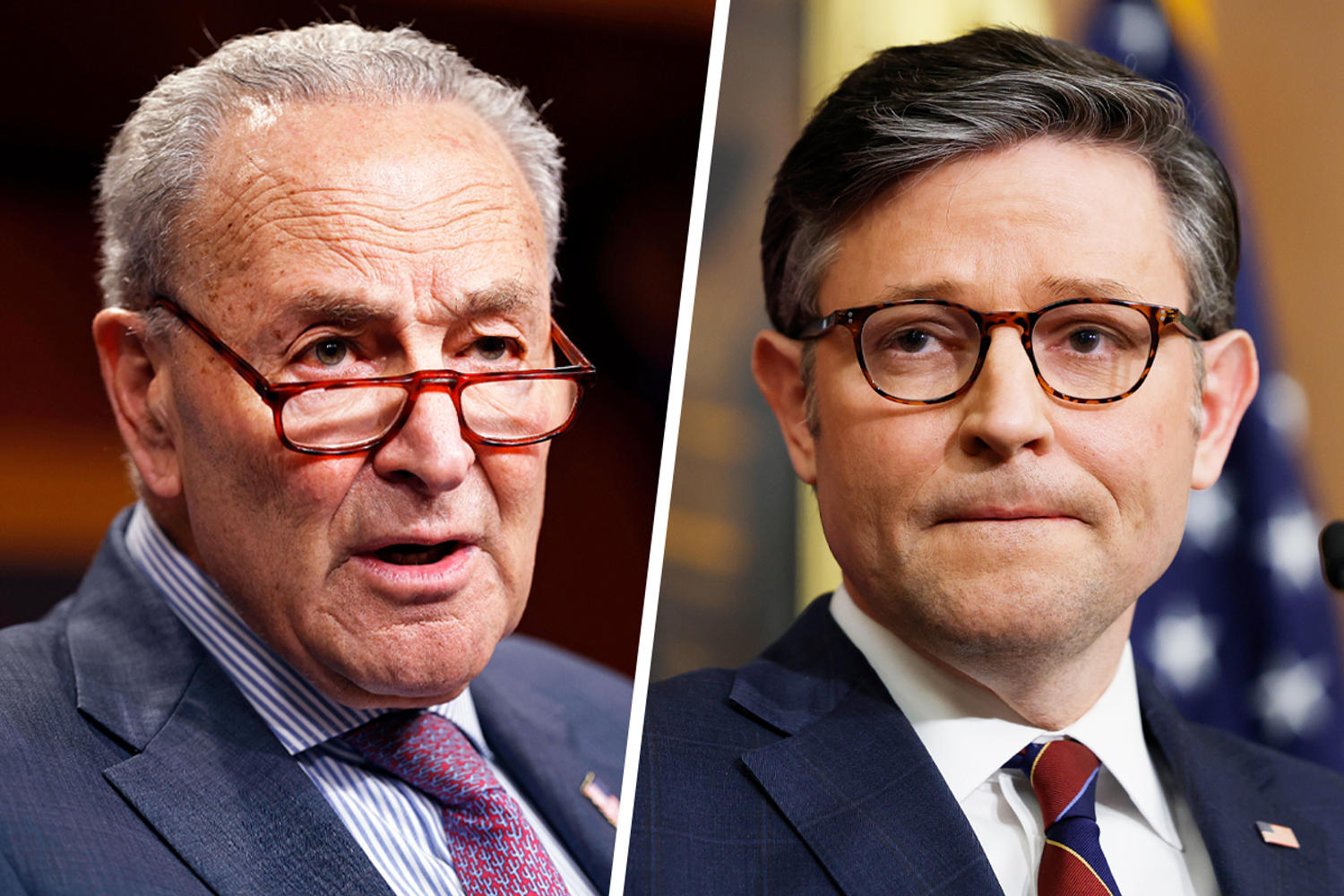
As the government shutdown reaches the monthlong milestone, both parties agree on two things: The pain is mounting, and that the other party should give in.
Republicans and Democrats widely acknowledge how the shutdown is hurting Americans. They see food benefits running outmore missed paychecks on the horizon and the prospect of low-income pregnant women, infants and children in the WIC assistance program not receiving aid.
But, thus far, the general reaction from lawmakers in both parties has been to argue that this latest pain point is just evidence that the other side needs to succumb to the demands of their party.
Republicans say the quickest way to address the escalating pain is to pass the GOP’s short-term spending bill that the House approved last month, which most Senate Democrats have shot down 13 times.
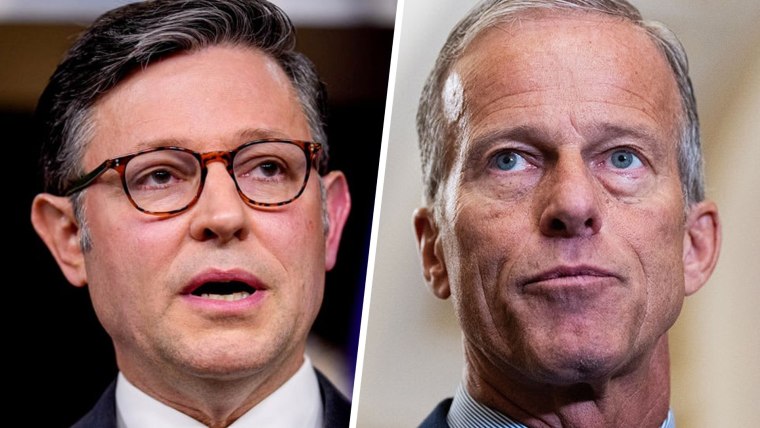
Ask a GOP lawmaker about, say, the approaching cliff for the Supplemental Nutrition Assistance Program, and they’ll agree it’s a major problem.
“It’s a serious issue, that’s 40 million Americans,” Sen. James Lankford, R-Okla., said. “It affects a lot of people, and my desire is to have this settled a month ago.”
But ask Lankford whether that SNAP cliff is affecting his thinking, and he’ll suggest “the only way” to fix the problem is for Democrats to support the Republican-continuing resolution.
“It’s the only vehicle that’s ready right now,” Lankford said.
Democrats say that proposal is a nonstarter — not because they disagree with anything in the bill, but because they want a fix to expiring Obamacare tax credits included in the legislation. Not extending those subsidies, Democrats warn, will cause health-care premiums to skyrocket for millions of Americans.
Every day that they get closer to the next pain point is to their disadvantage, and frankly, I think it exposes them to the wrath of what they consider to be their own base.”
Sen. Kevin Cramer, R-N.D.
But ask a Republican such as Sen. Kevin Cramer, R-N.D., whether open enrollment starting on Nov. 1 is an incentive for Republicans to start negotiating with Democrats, and he’ll tell you that it’s actually “a lot of incentive for Democrats to finally come to their senses and reopen the government so we can have that discussion.”
“Every day that they get closer to the next pain point is to their disadvantage, and frankly, I think it exposes them to the wrath of what they consider to be their own base,” Cramer said.
Democrats, of course, see it the other way. Senate Minority Leader Chuck Schumer, D-N.Y., said Tuesday afternoon he believes there will be “increased pressure” on Republicans to negotiate with Democrats once open enrollment begins.
But so far, that hasn’t happened — and the belief that President Donald Trump will come to the table once he sees the scope of the rising premiums may not bear out.
Democrats do, however, agree that the SNAP cliff is a big problem. From their perspective, that’s just all the more reason Republicans should work out a broader deal, with some Democrats taking offense to the suggestion that Republicans suddenly care more about food benefits than their party.
“This is the same party that cut billions of dollars from SNAP benefits in order to fund tax cuts for the ultra-wealthy,” Sen. Ruben Gallego, D-Ariz., told BLN, referring to the GOP reconciliation bill over the summer. “Now they are suddenly the protectors of people on SNAP benefits? It’s all BS.”
Gallego noted that, even if Congress approves funding, GOP lawmakers could claw the dollars back through rescissions — something Republicans have already done this year.
“I don’t trust them,” Gallego said.
Sen. Jeanne Shaheen, D-N.H., a moderate Democrat who broke with the majority of her party in March to support a GOP funding bill, agreed that Congress has to address SNAP running out of money. But she suggested that it shouldn’t come in lieu of Congress addressing the expiring Obamacare tax credits.
“We gotta be able to provide the SNAP benefits that people are entitled to, and the premium tax credits that will make health insurance affordable, and keep the government open,” Shaheen said.

The hardening of positions comes as the shutdown is on the brink of its fifth week, inching closer to breaking the current record for the longest shutdown in history: the 35-day lapse in funding of 2018-19.
During previous shutdowns, mounting pain was a key part of solving the impasses. The 2013 shutdown ended, in large part, because the U.S. was about to reach the debt limitand a major reason the 2018-19 shutdown ended was because air traffic controllers stayed home and grounded flights. But this time around, lawmakers are looking at the pain and suggesting it’s a key reason why the other side should relent.
There is hardly any inward reflection — and neither side is seeing much political blowback, with Americans narrowly blaming Republicans more than Democrats for the shutdown in polls.
“I believe both sides think they’re either winning or they’re not losing, and that’s not fertile ground for any change,” said Sen. Thom Tillis, R-N.C. “For another week or two.”
For a potentially record-breaking shutdown, the standoff has been marked by how little Republicans and Democrats are talking. The GOP position, in fact, is that they have nothing to discuss. Republicans say they will only talk about those expiring subsidies once the government is reopened. Democrats say that will leave Americans making health-care decisions with incomplete information.
Democrats think Americans should know what they’ll be paying for Obamacare before they’re forced to make those decisions during open enrollment, and they refuse to accept on blind faith that Republicans will extend subsidies in some form.
With those positions established — for Republicans, that there is nothing to discuss, and for Democrats, that the GOP has to come to the table — there’s been very little movement over the past month.
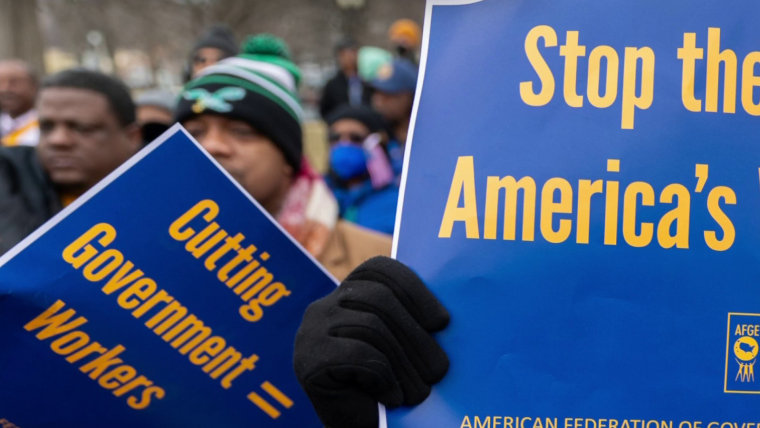
Even a statement from the American Federation of Government Employees, the largest union representing federal workers that has traditionally supported Democrats, did little to change the dynamic this week — even as AFGE called on Democrats to pass the Republican spending bill and stop “punishing the people who keep our nation running.”
Most Democrats were simply incredulous about the statement.
Sen. Tim Kaine, D-Va., noted that he works very closely with that union. “The AFGE would not want us to cut a deal and then have Trump fire a bunch of people next week,” Kaine said. “If we cut a deal and then he did that, they would come to us and say, ‘What the hell were you guys thinking?’”
When reporters asked Sen. Gary Peters, D-Mich., about the AFGE statement on Monday, he reiterated the general Democratic position: “I don’t like shutdowns.”
“I think we should never have a shutdown,” Peters said. “That’s why I hope Republicans would come with us and find common ground.”
When known asked Peters whether he agreed with AFGE’s position that the GOP funding bill should pass, he made it clear that Democrats still wanted a resolution on the Obamacare subsidies. “So I’m going to do that,” he said.
And then he succinctly summed up how lawmakers — and outside groups — seem to be talking past one another.
“I agree, we don’t want a shutdown,” Peters said. “We want to end the shutdown as quickly as possible, I totally agree with that.”
She covers Capitol Hill involving both Democrats and Republicans. She previously covered Congress at Blue Light News. She graduated from George Washington University’s School of Media and Public Affairs with a bachelor’s degree in journalism and mass communication and political science. She is a native New Yorker, Billy Joel’s No. 1fan and a Rubik’s Cube aficionado.
The Dictatorship
Trump appeals hush money conviction, citing Supreme Court immunity case and other issues
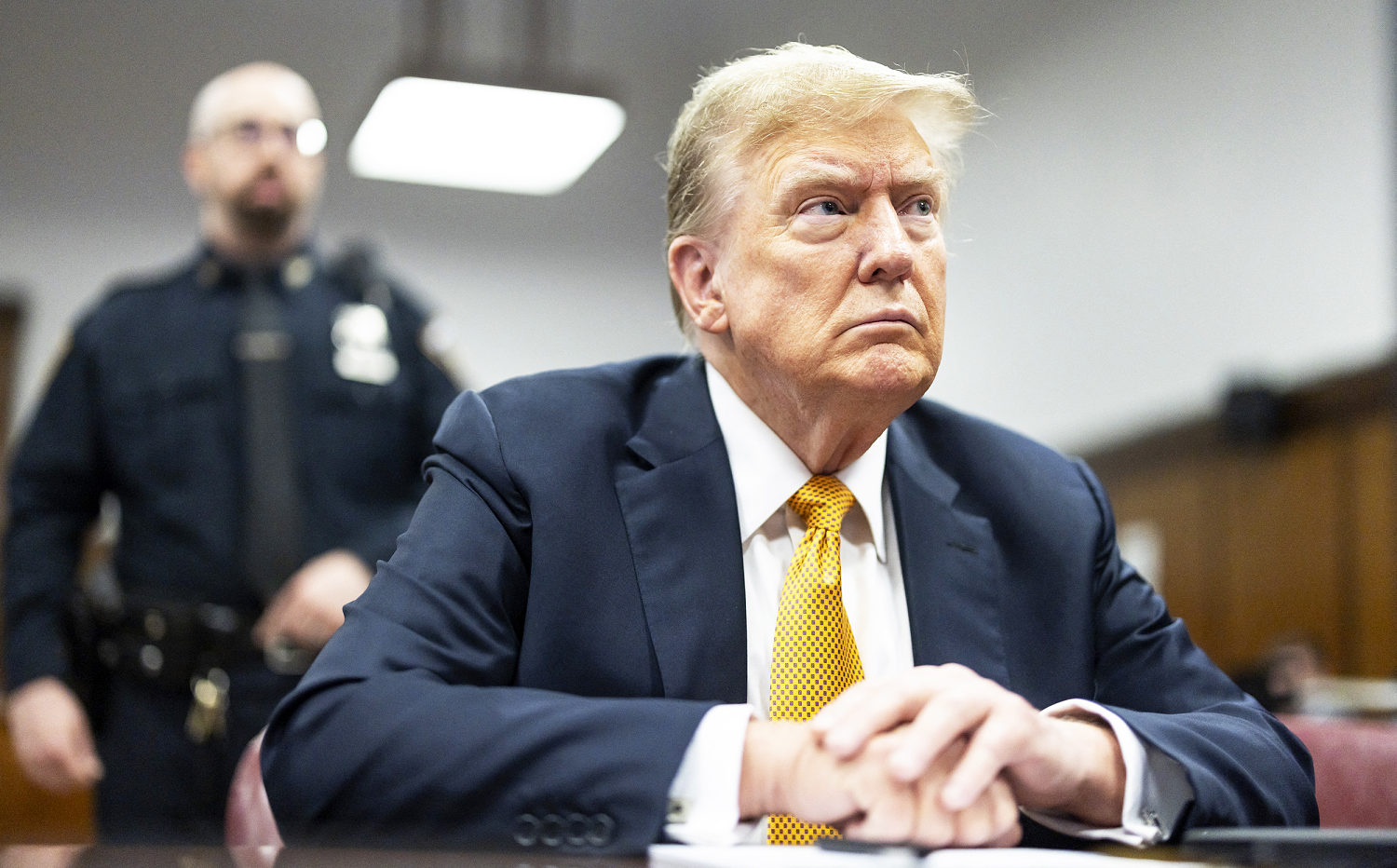
While his administration prosecutes his political opponentsPresident Donald Trump is appealing his criminal conviction in a case that he calls “the most politically charged prosecution in our Nation’s history.”
Seeking to upend his loss in the so-called hush money case, Trump’s lawyers lean on the Supreme Court’s immunity ruling from another one of his criminal cases to argue that New York state prosecutors wrongly used evidence of his official presidential acts to convict him. The jury found him guilty last year of falsifying business records to cover up a hush money scheme in connection with the 2016 presidential race.
Citing the immunity ruling’s provision against using evidence of official acts to secure convictions for unofficial conduct, his lawyers point to evidence at trial from his first term in office: discussions with White House communications director Hope Hicksstatements on social media, discussion with the attorney general and testimony about White House operations.
In previous litigation at the trial level, Manhattan District Attorney Alvin Bragg’s office argued that the immunity case “has no bearing on this prosecution” and that it wouldn’t support vacating the jury verdict “even if its reasoning did apply here.”
Trump’s brief was filed Monday to New York’s intermediate appeals court (the same court that recently gave him a partial win in his civil fraud appeal). After that court rules (it’s unclear when it will), the state’s top court could also weigh in. So could the U.S. Supreme Court, which hasn’t yet defined the outer limits of the immunity that it laid out in last year’s ruling for Trump in the federal election interference case. The president is separately trying to move the hush money appeal to proceed in federal court. Whichever path it takes, the final word on the case might not come for a while.
Trump was sentenced in January to an unconditional dischargewhich was basically a non-punishment to allow the case to wrap up before he re-entered the White House. A divided Supreme Court declined to halt his sentencing, over the dissent of four Republican-appointed justices: Clarence Thomas, Samuel Alito, Neil Gorsuch and Brett Kavanaugh.
Part of the rationale in the high court majority’s brief, unsigned order allowing the sentencing to proceed was that “the alleged evidentiary violations at President-Elect Trump’s state-court trial can be addressed in the ordinary course on appeal.” It’s that “ordinary course” that is now playing out.
The immunity issue is just one of the claims that Trump’s lawyers raise in the appeal. They also argue that the state prosecution was preempted by federal law, that the jury was wrongly instructed, that the evidence was insufficient, and that the presiding judge, Juan Merchan, should’ve recused himself.
The hush money case is the only one of Trump’s four criminal cases that went to trial. In his two federal cases — the classified documents case and the election interference case that produced the immunity ruling — the DOJ dropped them after he won the 2024 election, citing the department’s policy against prosecuting sitting presidents. The fate of the fourth case, a state election interference case brought in Georgia, is technically in limbo (though likely dead, in reality) after Fulton County District Attorney Fani Willis was disqualified from prosecuting it. The president pleaded not guilty in all four cases.
Subscribe to the Deadline: Legal Newsletter for expert analysis on the top legal stories of the week, including updates from the Supreme Court and developments in the Trump administration’s legal cases.
Jordan Rubin is the Deadline: Legal Blog writer. He was a prosecutor for the New York County District Attorney’s Office in Manhattan and is the author of “Bizarro,” a book about the secret war on synthetic drugs. Before he joined BLN, he was a legal reporter for Bloomberg Law.
-
Uncategorized12 months ago
Bob Good to step down as Freedom Caucus chair this week
-
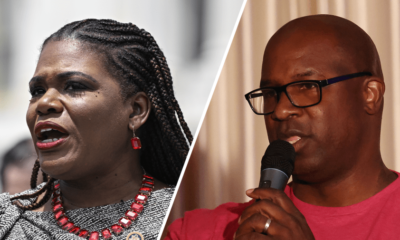
 Politics8 months ago
Politics8 months agoFormer ‘Squad’ members launching ‘Bowman and Bush’ YouTube show
-

 The Josh Fourrier Show12 months ago
The Josh Fourrier Show12 months agoDOOMSDAY: Trump won, now what?
-

 The Dictatorship8 months ago
The Dictatorship8 months agoPete Hegseth’s tenure at the Pentagon goes from bad to worse
-
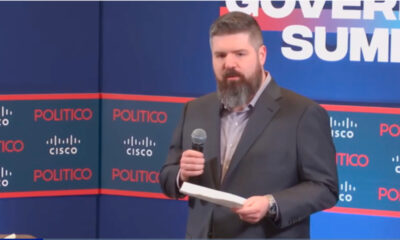
 Politics8 months ago
Politics8 months agoBlue Light News’s Editorial Director Ryan Hutchins speaks at Blue Light News’s 2025 Governors Summit
-

 The Dictatorship8 months ago
The Dictatorship8 months agoLuigi Mangione acknowledges public support in first official statement since arrest
-

 Politics8 months ago
Politics8 months agoFormer Kentucky AG Daniel Cameron launches Senate bid
-
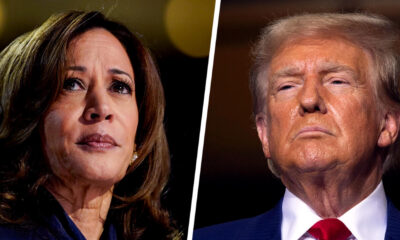
 Politics12 months ago
Politics12 months agoWhat 7 political experts will be watching at Tuesday’s debate





